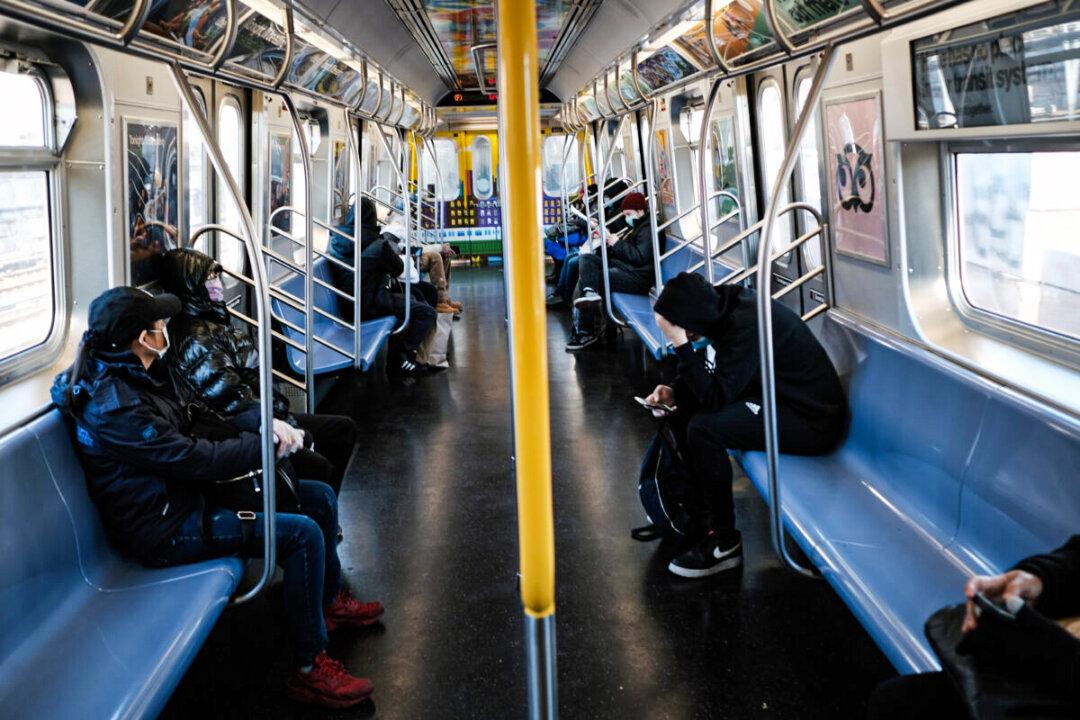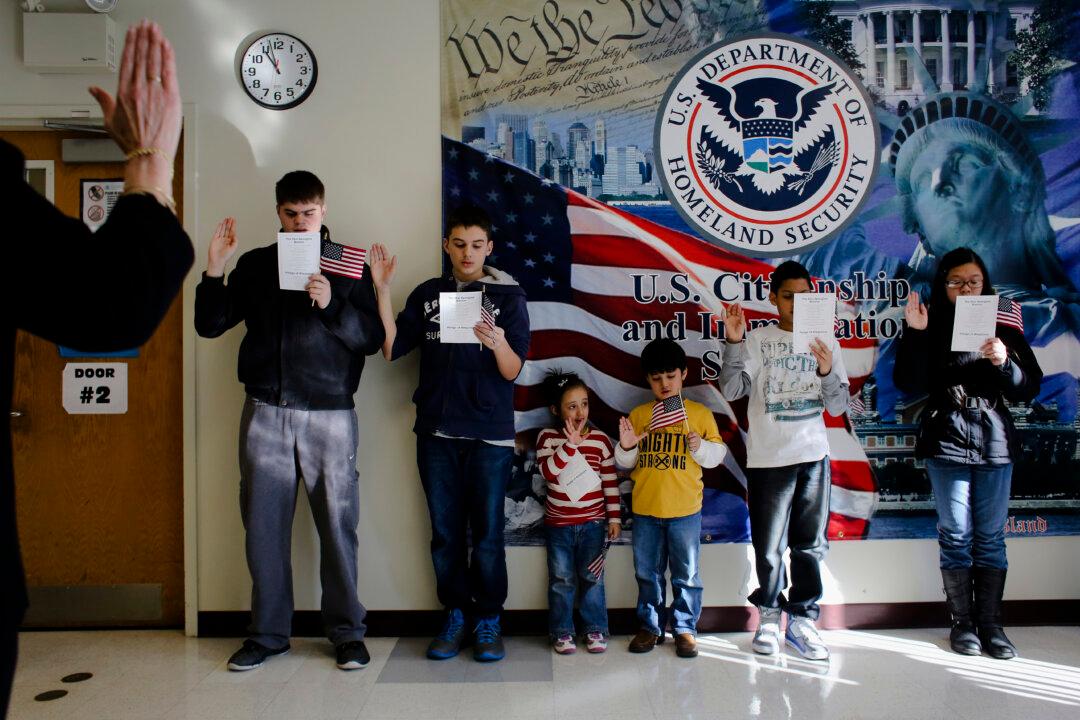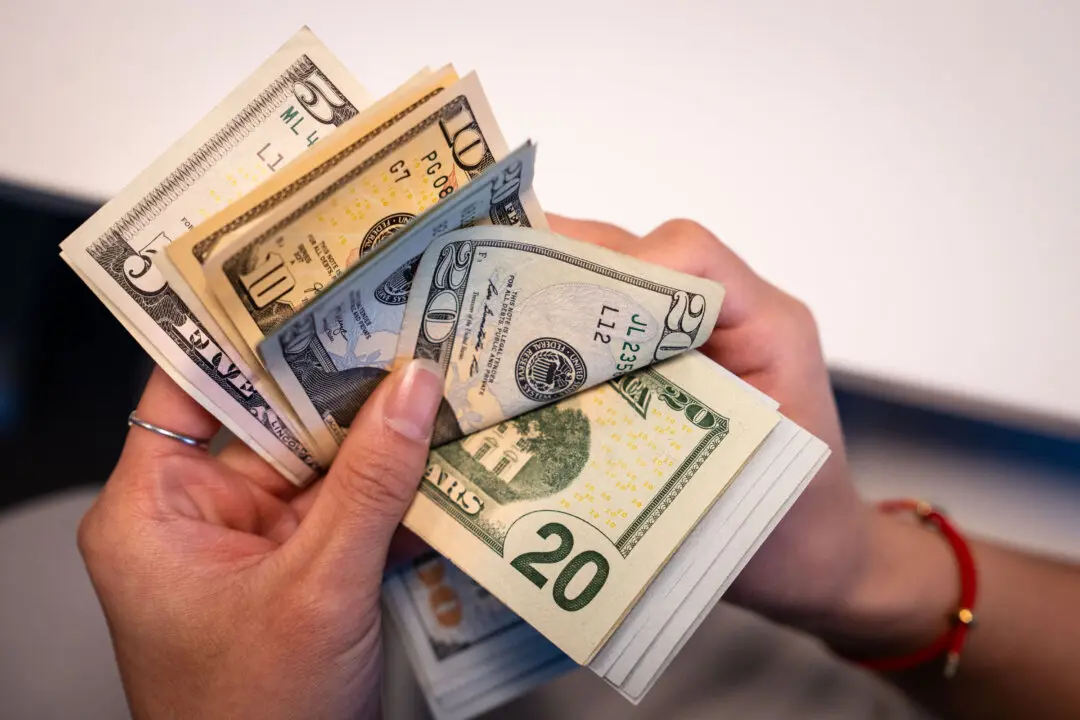New York City subway services will be curbed starting this week as another wave of COVID-19 infections hits the city resulting in rescheduled stops, longer passenger waiting times, and staff shortages.
“This Monday through Thursday, trains will run less frequently than usual,” said the Metropolitan Transportation Authority (MTA) in a tweet on Monday. “Like everyone in New York, we’ve been affected by the COVID surge. We’re taking proactive steps to provide the best, most consistent service we can. That means you may wait a little longer for your train.”





